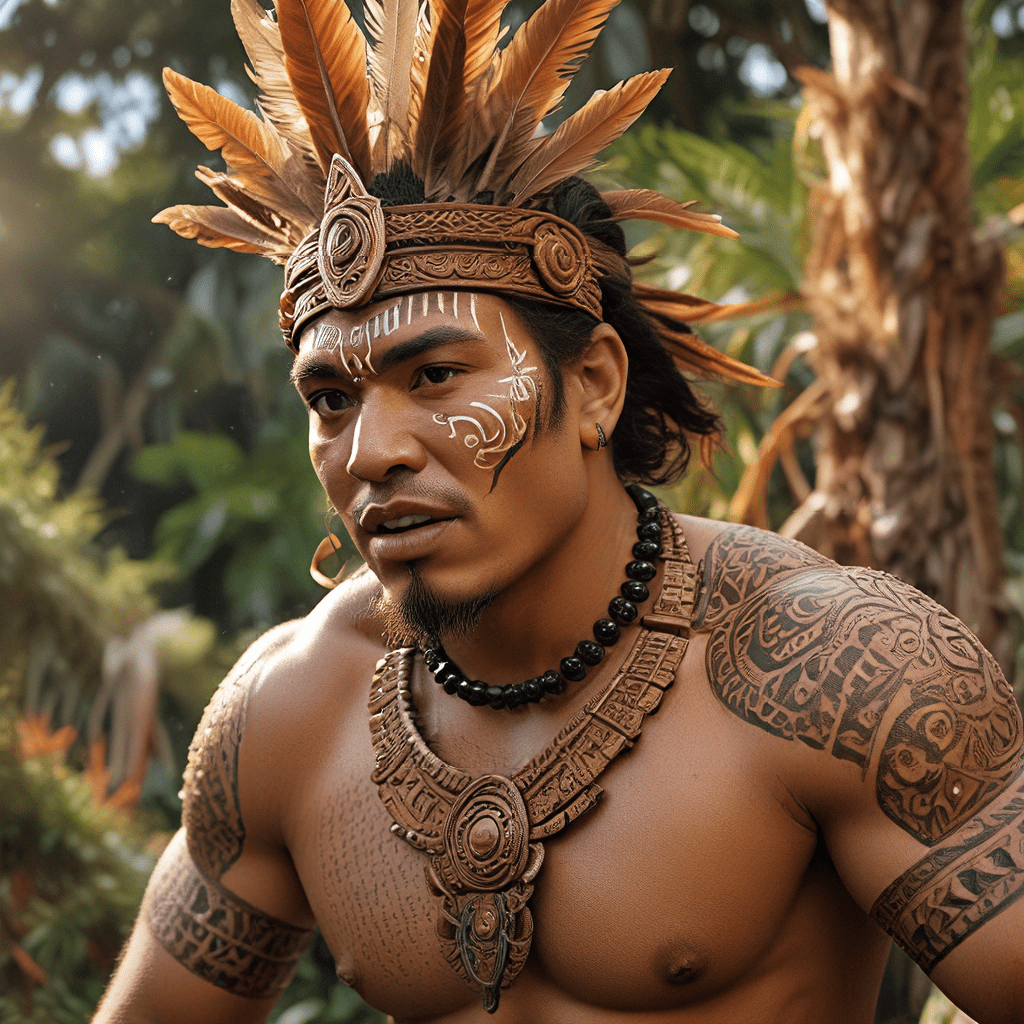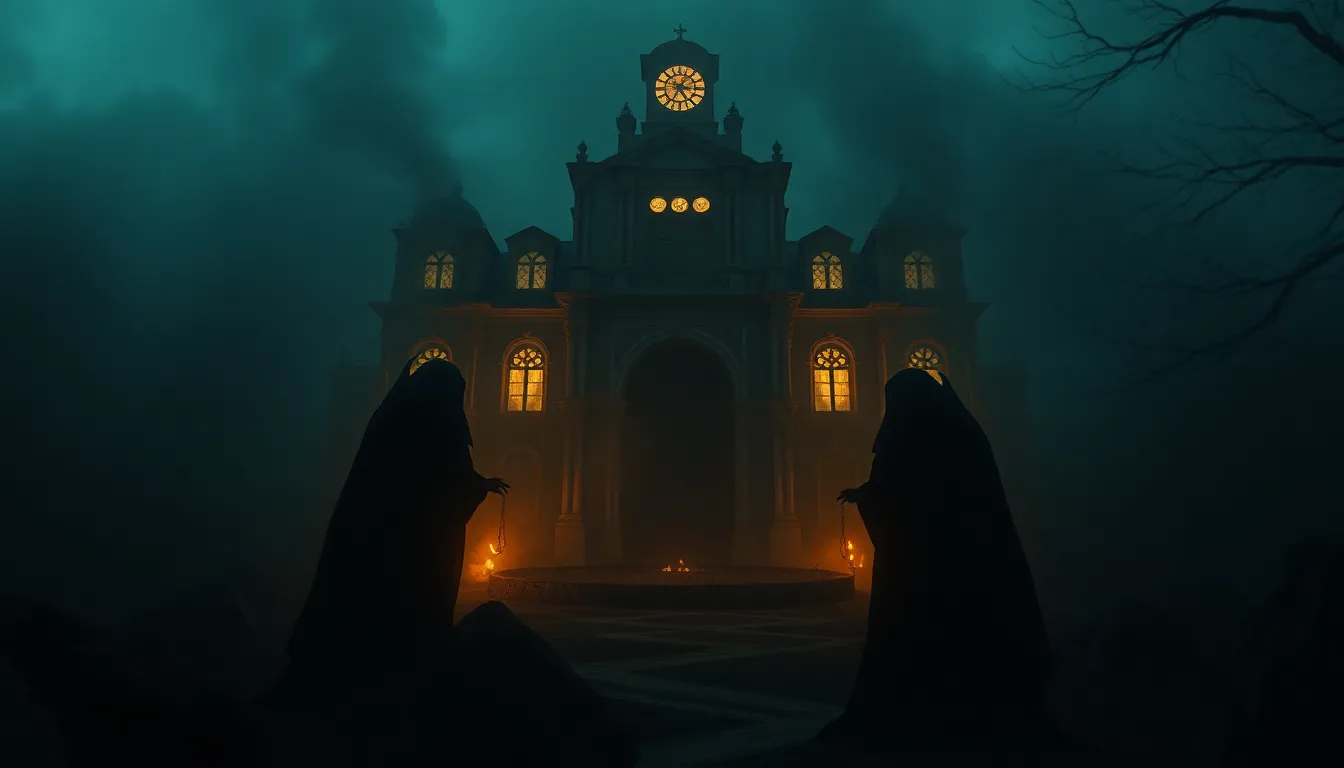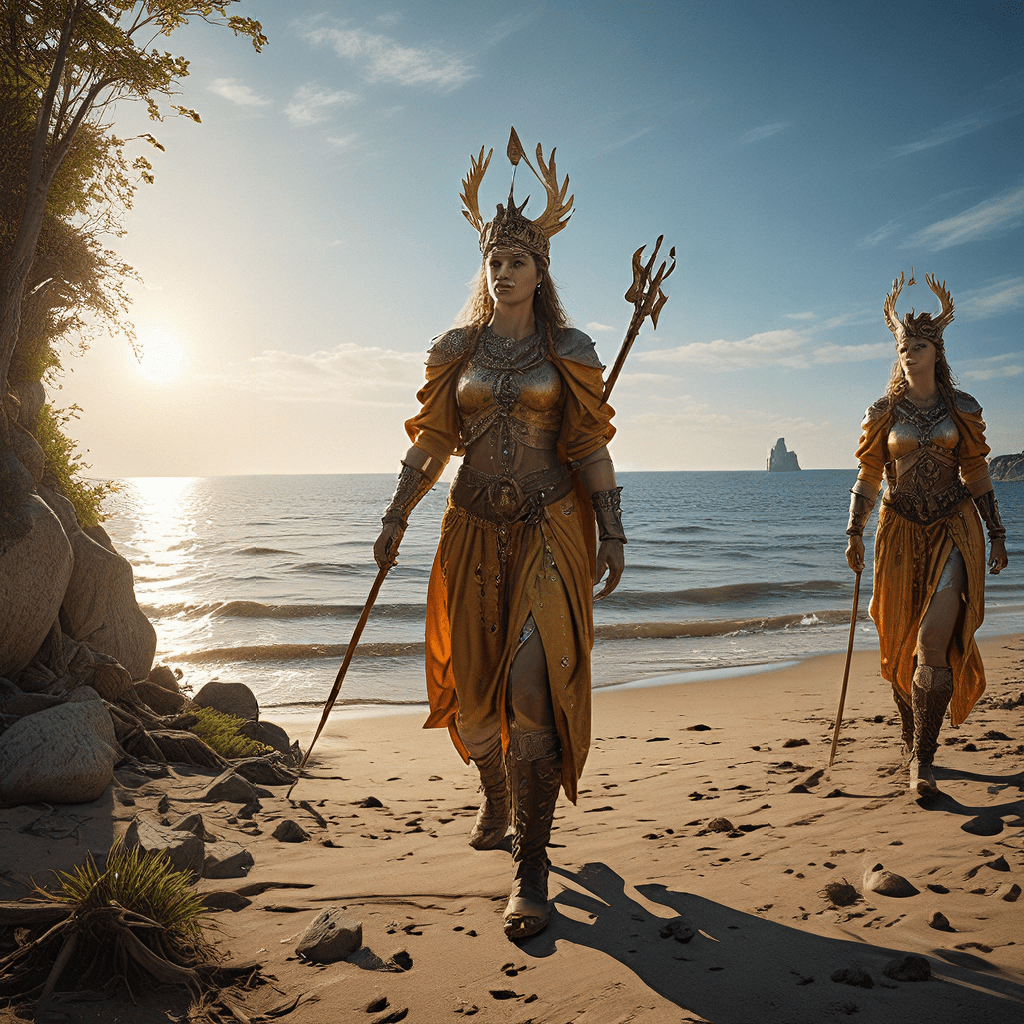Maori Mythology Shapes Traditional Festivals and Celebrations
The rich tapestry of Maori culture is deeply woven with mythology, which serves as a guiding force in shaping their traditional festivals and celebrations. Maori mythology provides a framework for understanding the world, their place within it, and the interconnectedness of all things. It is a vital source of inspiration, wisdom, and identity for the Maori people.
Maori Cosmology and Creation Myths: The Foundation of Tradition
Maori cosmology, or the understanding of the universe, is rooted in creation myths that explain the origins of the world, humanity, and the natural elements. These myths offer a framework for understanding the interconnectedness of all things, emphasizing the importance of harmony and balance within the natural world.
The creation story of the Maori people is a powerful example of the influence of mythology. According to the myth, the world was born from the union of Rangi, the sky father, and Papa, the earth mother. Their children, the gods, eventually separated their parents to create the world as we know it. This separation brought light, air, and space, allowing life to flourish.
These creation myths act as a foundation for Maori traditional festivals, providing a shared understanding of the origins of their culture and the importance of respecting the natural world.
The Role of Gods and Supernatural Beings in Maori Mythology
Maori mythology is populated by a diverse cast of gods, goddesses, and supernatural beings, each with their unique roles and powers. These figures embody different aspects of the natural world, human emotions, and societal values.
For instance, Tangaroa represents the sea, while Tane embodies the forest, and Rongo is associated with agriculture and food. These gods are not merely fictional characters but are seen as powerful forces that influence the world and the lives of the Maori people.
The presence of gods and supernatural beings in Maori mythology also underscores the importance of spiritual connections and the belief in a world beyond the physical realm. This belief plays a significant role in traditional festivals, where rituals and ceremonies are often performed to honor and appease these supernatural entities.
Key Figures in Maori Mythology: Tangaroa, Tane, and Rongo
Three prominent figures in Maori mythology are Tangaroa, Tane, and Rongo. Each of them represents a crucial aspect of the natural world and human life, making them important figures in Maori traditional festivals and celebrations.
Tangaroa, the god of the sea, is revered for his power and unpredictability. He symbolizes the vastness and mystery of the ocean, which has always been a source of sustenance and danger for the Maori people. Fishing rituals and ceremonies are often performed to honor Tangaroa and seek his favor.
Tane, the god of the forest, represents the life-giving forces of nature. He is credited with separating the sky from the earth, allowing for the growth of trees and plants. The importance of forests in Maori culture, as sources of food, shelter, and resources, is reflected through rituals and celebrations honoring Tane.
Rongo, the god of agriculture and food, is responsible for the abundance of crops. He is celebrated through festivals and harvest ceremonies, ensuring a bountiful supply of food and prosperity for the community.
The Significance of the Maori Creation Story in Traditional Festivals
The Maori creation story is woven into the fabric of their traditional festivals, providing a shared history and understanding of their connection to the natural world.
The story of the separation of Rangi and Papa, for example, is reflected in the celebration of Matariki, the Maori New Year. This festival marks the return of the star cluster Matariki, symbolizing the beginning of a new year and the cycle of planting and harvesting. The myth of Rangi and Papa reminds the people of the importance of honoring their ancestors and the cycle of life.
Similarly, the story of the creation of the world informs many other festivals and rituals, such as the Tangi, which is a funeral ceremony honoring the dead. The Tangi is a celebration of life and a reminder of the interconnectedness of all things, reflecting the importance of maintaining a connection to the ancestors and the world they created.
Matariki: Celebrating the New Year and the Return of the Stars
Matariki, the Maori New Year, is a time of celebration and reflection. It marks the rise of the star cluster Matariki, which signals the beginning of the new year and the return of the season for planting and harvesting. Matariki is a time for families and communities to gather, share stories, and give thanks for the year that has passed and hope for the year ahead.
The Matariki festival is deeply connected to the Maori creation story, particularly the separation of Rangi and Papa. The return of Matariki symbolizes the renewal of life and the promise of a new beginning. The festival is a celebration of the earth's bounty and a time to honor the ancestors who first settled these lands.
During Matariki, families and communities gather to share feasts, sing songs, recite stories, and participate in traditional activities. These activities may include weaving, carving, or performing traditional dances. The festival is also a time to remember those who have passed away and to reflect on the year that has passed.
Matariki is a vital celebration for the Maori people, embodying their deep connection to the natural world and their shared history and culture. It is a time to reflect on the past, celebrate the present, and look forward to the future.
Tangi: Honoring the Dead and Maintaining Connections to the Ancestors
Tangi is a powerful funeral ceremony that honors the dead and reinforces the strong connection between the living and the ancestors. This profound ritual acknowledges the cyclical nature of life and death, emphasizing the continuity of generations and the importance of maintaining a link with the deceased.
The Tangi is a deeply moving experience, filled with heartfelt speeches, traditional songs, and the sharing of stories about the deceased. It is a time for family and community members to come together and offer their support to the grieving family.
The Tangi is a testament to the strength and resilience of the Maori people and their belief in the interconnectedness of all things. The ceremony highlights the enduring bond between the living and the ancestors, ensuring that the traditions and lessons of the past are passed down to future generations.
The Influence of Mythology on Maori Art and Performance
Maori art and performance are richly infused with their mythology, serving as a powerful medium to convey stories, beliefs, and values. From intricate carvings and textiles to dramatic dances and powerful songs, Maori art and performance reflect a deep connection to the natural world and the spiritual realm.
The figures and stories from Maori mythology are often depicted in carvings, weaving, and other forms of visual art. These artworks serve as a visual reminder of their cultural heritage and act as a powerful conduit for storytelling and tradition.
Maori performance, such as the haka, is another powerful expression of their mythology. The haka, a traditional war dance, is often used to show strength, unity, and connections to their ancestors. The movements and chants of the haka are infused with symbolism and meaning, drawing inspiration from the stories and beliefs of their mythology.
The Role of Rituals and Storytelling in Maintaining Maori Traditions
Maori rituals and storytelling play a crucial role in preserving their traditions and passing them down to future generations. Rituals, often embedded in festivals and celebrations, provide a framework for sharing stories, values, and beliefs.
Stories, passed down through generations, are a vital part of Maori culture. They provide a shared history and understanding of their connection to the natural world, their ancestors, and their place in the universe. They also serve as a source of wisdom, guidance, and inspiration.
Through the power of rituals and storytelling, Maori traditions are kept alive, ensuring that their cultural heritage remains relevant and meaningful for future generations. The stories and rituals provide a connection to the past, a sense of identity, and a framework for navigating the present and future.
The Impact of Colonialism and Modernity on Maori Mythology and Festivals
Despite the enduring power of their traditions, Maori mythology and festivals have been impacted by colonialism and modernization. The arrival of European settlers brought new cultural influences and practices, leading to changes in societal structures, values, and beliefs.
The suppression of Maori language and traditions, the introduction of new religions, and the shift towards a Westernized way of life have contributed to the decline of traditional practices and the erosion of their cultural identity.
However, the Maori people have shown remarkable resilience. They have actively worked to revitalize their language, reclaim their cultural heritage, and ensure that their traditions and stories continue to thrive. The resurgence of interest in Maori culture, coupled with the efforts of elders and community leaders, has helped to preserve and celebrate their unique and valuable heritage.
The Importance of Preserving Maori Cultural Heritage for Future Generations
Preserving Maori cultural heritage is essential for ensuring the future of their culture. Protecting their language, traditions, and stories is vital for maintaining their identity, connection to their ancestors, and understanding of the world.
The continued influence of Maori mythology on festivals and celebrations is a testament to its enduring power and relevance. It provides a framework for understanding their culture, connecting with their ancestors, and navigating the future.
By sharing their traditions and stories with future generations, the Maori people ensure that their rich cultural heritage remains a source of strength, guidance, and inspiration for generations to come.
FAQ
How important is Maori mythology to their culture?
Maori mythology is the cornerstone of their culture, providing a framework for understanding the world, their place within it, and the interconnectedness of all things. It is a vital source of inspiration, wisdom, and identity for the Maori people.
How does Maori mythology shape their festivals and celebrations?
Maori mythology is interwoven into their festivals and celebrations, offering a shared history and understanding of their connection to the natural world and their ancestors. It provides a framework for understanding their culture, connecting with their ancestors, and navigating the future.
What are some of the key figures in Maori mythology?
Tangaroa, Tane, and Rongo are prominent figures in Maori mythology, each representing a crucial aspect of the natural world and human life.
How has colonialism and modernization affected Maori mythology and festivals?
Despite the enduring power of their traditions, Maori mythology and festivals have been impacted by colonialism and modernization. The arrival of European settlers brought new cultural influences and practices, leading to changes in societal structures, values, and beliefs.
What is the importance of preserving Maori cultural heritage for future generations?
Preserving Maori cultural heritage is essential for ensuring the future of their culture. Protecting their language, traditions, and stories is vital for maintaining their identity, connection to their ancestors, and understanding of the world.



